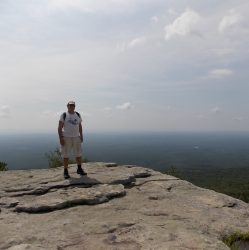After three years of decline, US carbon dioxide (CO2) emissions rose sharply in 2018. Based on preliminary power generation, natural gas, and oil consumption data, the Rhodium Group estimates emissions increased by 3.4% in 2018. This marks the second largest annual gain in more than two decades — surpassed only by 2010 when the economy bounced back from the Great Recession.
Combined with daily power generation data from Genscape for November and December, the Rhodium Group estimates that US power sector emissions rose by 34 million metric tons in 2018, compared to a decline of 78 million metric tons in 2017 and a 61 million metric ton average annual decline between 2005 and 2016.
The largest emissions growth in 2018 occurred in the two sectors most often ignored in clean energy and climate policymaking: buildings and industry. Direct emissions from residential and commercial buildings (from sources such as fuel oil, diesel and natural gas combusted on site for heating and cooking) increased about 10% in 2018 to their highest level since 2004.
As an Earthlobbyist (David Carr) has been working with New England Eco-$mart.com to deliver money saving, tax deductible, depreciable energy efficiency solutions to hotels, office buildings, universities, municipalities, and multi tenant buildings. The problem is that despite presentation of 20-50% annual Cash on Cash Return on Investment (not financed) property owners and governing boards continue to defer the investment with an antiquated thought process that “prices will go down and the technology will improve.” This short sightedness has caused a huge delay in LED retrofits by municipalities, since LED’s deliver a 30-50% Cash on Cash R.O.I.
I, David Carr, can not install this technology for other people with my own money. I can only hope to raise awareness and accelerate the tide of efficiency and conservation before the tide of climate change delivers irrevocable damage. Please join me.

